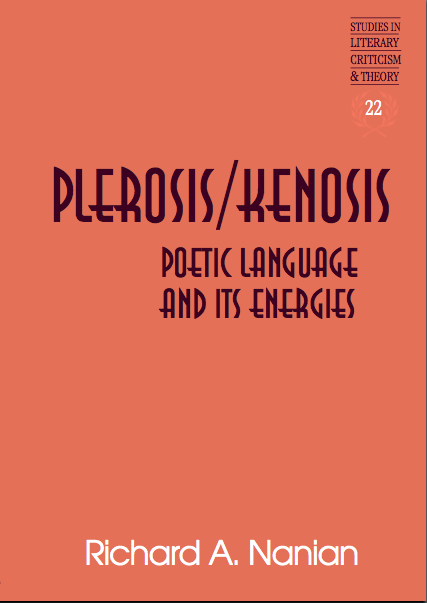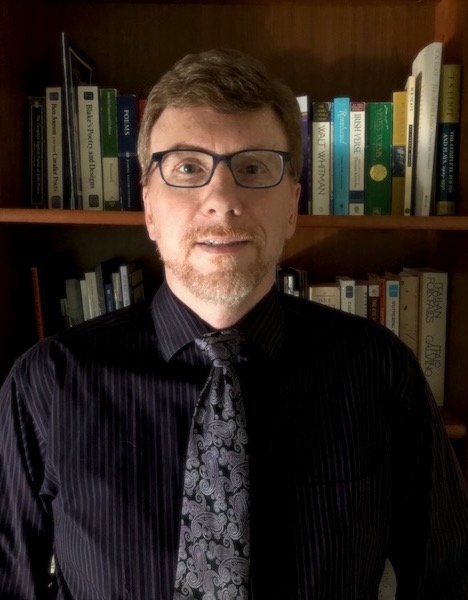|

|
Description:
Why do readers report being powerfully affected by great poetry? What
happens to us when we read a poem? Literary criticism has struggled
to answer these questions because it treats poems as material artifacts
of one kind or another. But readers do not experience literary texts
as lifeless and silent material artifacts. They hear voices in them
and feel moved and altered by them. Plerosis/Kenosis offers
a new way of reading poems by treating poems as dynamic — essentially
as fields of energy — and by focusing on how poetry pushes language
towards two contradictory goals: the desire to say more, to convey universal
truths, and overwhelm the reader with intensity; and the desire to speak
with perfect clarity and precision, to achieve the purity of mathematics
or logic. The pursuit of both goals inevitably ends in failure, but
poetry is most powerful and most affecting as it approaches these two
extremes. Plerosis/Kenosis lays out a theory of poetic language and
applies that theory to a wide range of beloved works by, among others,
Shakespeare, Wordsworth, Coleridge, Keats, Poe, Whitman, Dickinson,
Eliot, and Stevens. The theory establishes a framework that allows readers
of poetry everywhere to articulate what a poem does to them when they
read it, and the specific readings are original and illuminating. Moreover,
the style throughout is lucid and accessible. Scholars, graduate students,
and sophisticated undergraduates alike will find their understanding
of poetry not only increased but indeed transformed.
A
review:
“Richard
A. Nanian’s study of poetic language and its energies is an original
and bold attempt to conceptualize both the anatomy and history of modern
poetry that has the philosophical sweep, critical sophistication, and
elegant clarity of a Northrop Frye or a Kenneth Burke. Dr. Nanian’s
rejection of the ‘artifactual’ model of the poetic text
for a dynamic one of its language acting upon the reader, coupled with
his core premise of the two opposing directions of poetry culminating
in the experience of the sublime at the limits of language, makes for
a revisionary mapping of the landscape of Anglo-American poetry from
the Romantics to the Modernists. The first and theoretical part, his
innovative paradigm of poetic energies in terms of the plerosis/kenosis
binary, is clearly and cogently articulated. The ensuing close readings
of individual poems in support of his thesis of a shift from the plerotic
Wordsworth, Coleridge, and Keats, to the kenotic Dickinson, Eliot, and
Stevens, are eye-opening in their striking combination of probing insight
and artful appreciation. This thoughtful, ambitious, and lucidly written
study of the nature and language of poetry deserves a wide audience.” — Eugene Stelzig, Distinguished Teaching Professor of English,
SUNY Geneseo |

